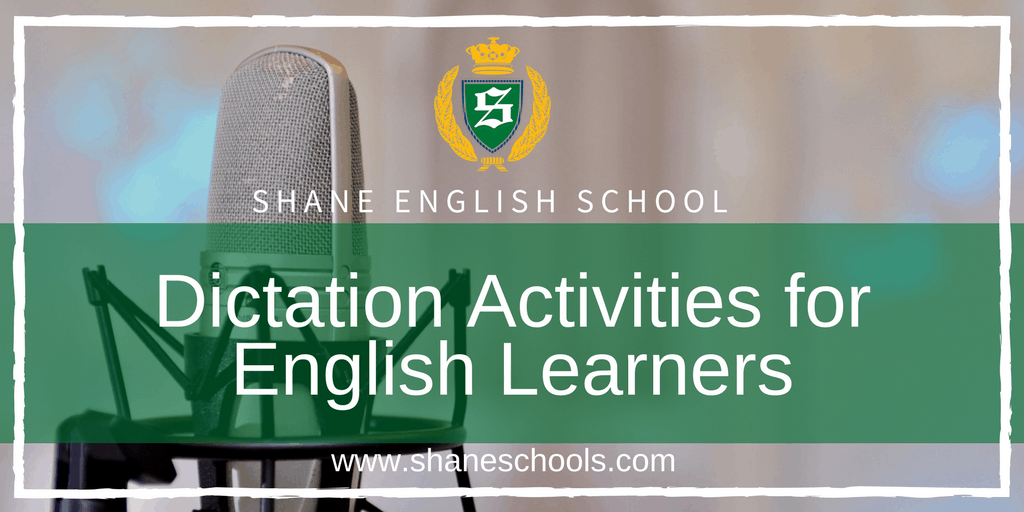There lots of activities we can use to improve our students’ reading, listening, and writing. Or we can do dictation activities, which manage to combine all three.
Do dictation activities have a place in your lesson? Absolutely. As a teacher, you have so many class activities at your disposal, and all of them have their place in a well-run lesson. And while dictation may seem like a method from a by-gone era, it still has value when combined with other learning activities. Dictation gives students practice in both listening and writing, especially since it takes the pressure off students to produce original content for writing. In some of the activities below, students get additional practice is both reading and speaking as they are the ones dictating.
So let’s get started!
Simple Teacher Dictation
Dictate a passage or sentence and have students write it down word for word. Don’t stop or help, just re-read as many times as necessary until the students are satisfied with their writing. This can be made more fun by changing words from an original text to create a more amusing and entertaining story.
Broken Telephone Dictation
Student A shows a sentence to Student B who writes it down and repeats for student C. Have a team competition to get the sentence to the end of the line the quickest. Students can only read the sentence once.
Tape Recorder
The teacher or a student reads sentences from the story and students write them down. The students will need time to write, which they gain by requesting that the reader: ‘Stop!’ ‘Rewind!’ ‘Play!’ etc.
Shouting Dictation
Prepare two texts (from a story or text) for Student A and Student B. Students sit across the room from each other, or back to back. Each text has words missing but by listening to their partner the gaps can be filled by both students. For example:
St A: __ name is ____ _ am an _______ teacher and _ ____ spaghetti.
St B: My ____ __ Tom. I am an English _______ ___ I like _________.
Writing Sentences
Give each students a sentence from the story. Each student reads out their sentences and the other students write them down. Once all the sentences have been recorded, the students re-write the story in the correct order. Adaptation: This could be adapted by having the students memorise the text and then mingle repeating the text to other students who return to their seats to write.
Correction Dictation
Student A has a passage with mistakes. Student B can go and read the correct passage, return, and then help St A correct by repeating what they have read.
Master & Scribe Dictation
Numbered sentences of events from the text are displayed around the room. Teams have one piece of paper and one pen, and work in pairs: Student A finds one sentence, reads and memorises it, then returns and dictates to Student B who writes it down. The students then swap roles and continue until they have written each sentence.
Unscramble Text
Dictate a passage 3 times. Hand out a scrambled copy of the passage you have dictated and Students unscramble and write.
A version of this article originally appeared in Shane English School’s Teaching English to Young Learners (TEYL) program, which is part of new teachers’ orientation.

We're hiring!
With schools around the world, Shane English School always has exciting new opportunities to offer.


